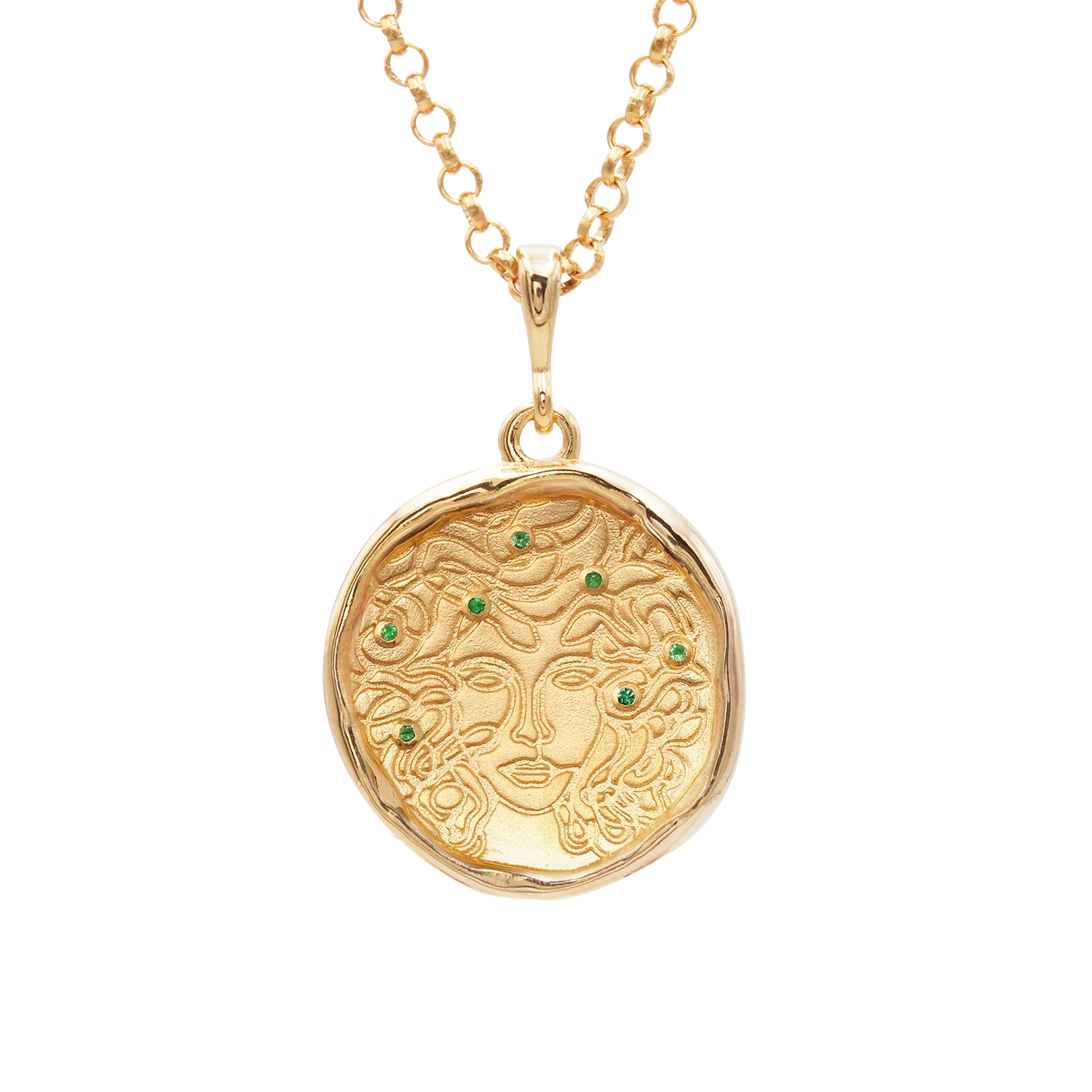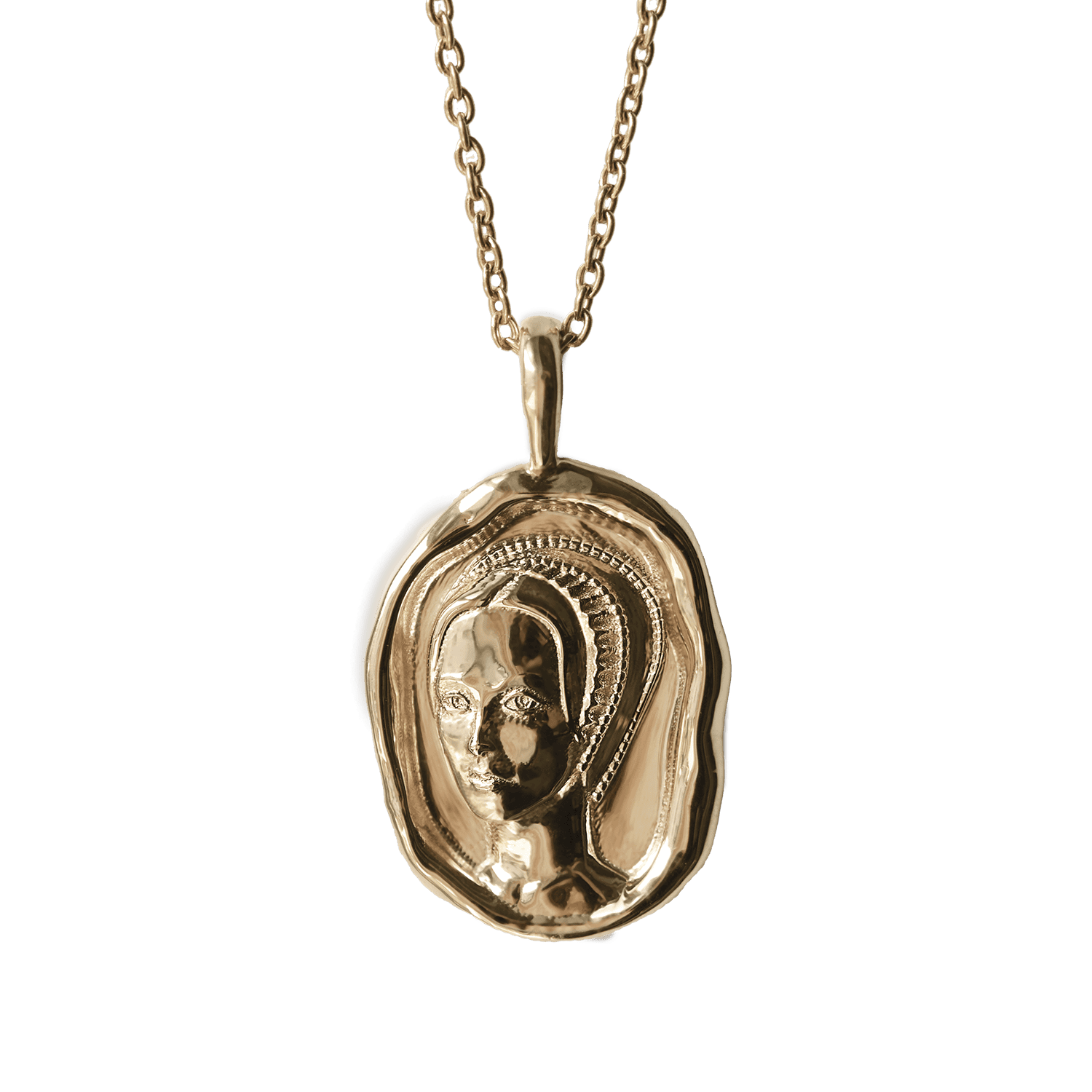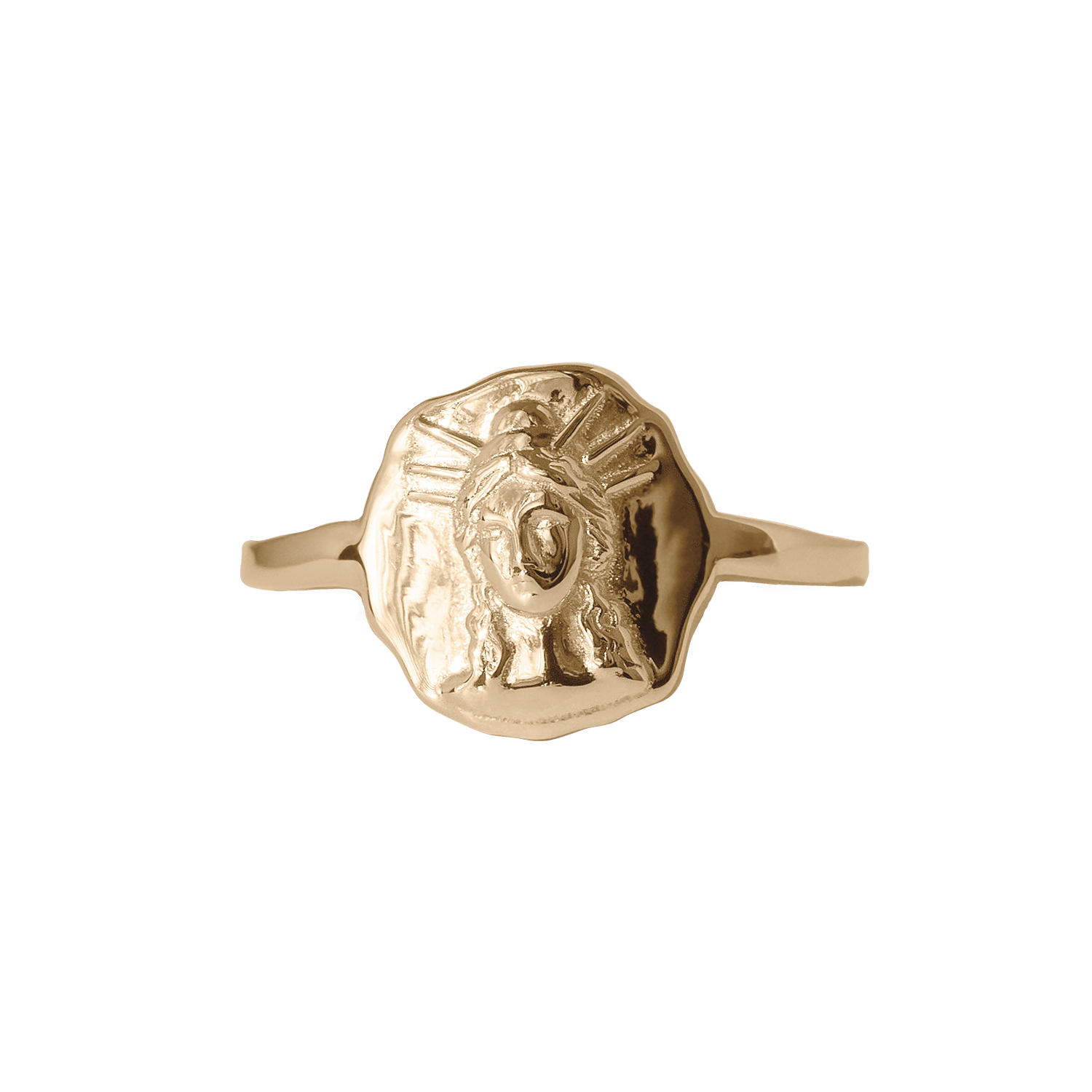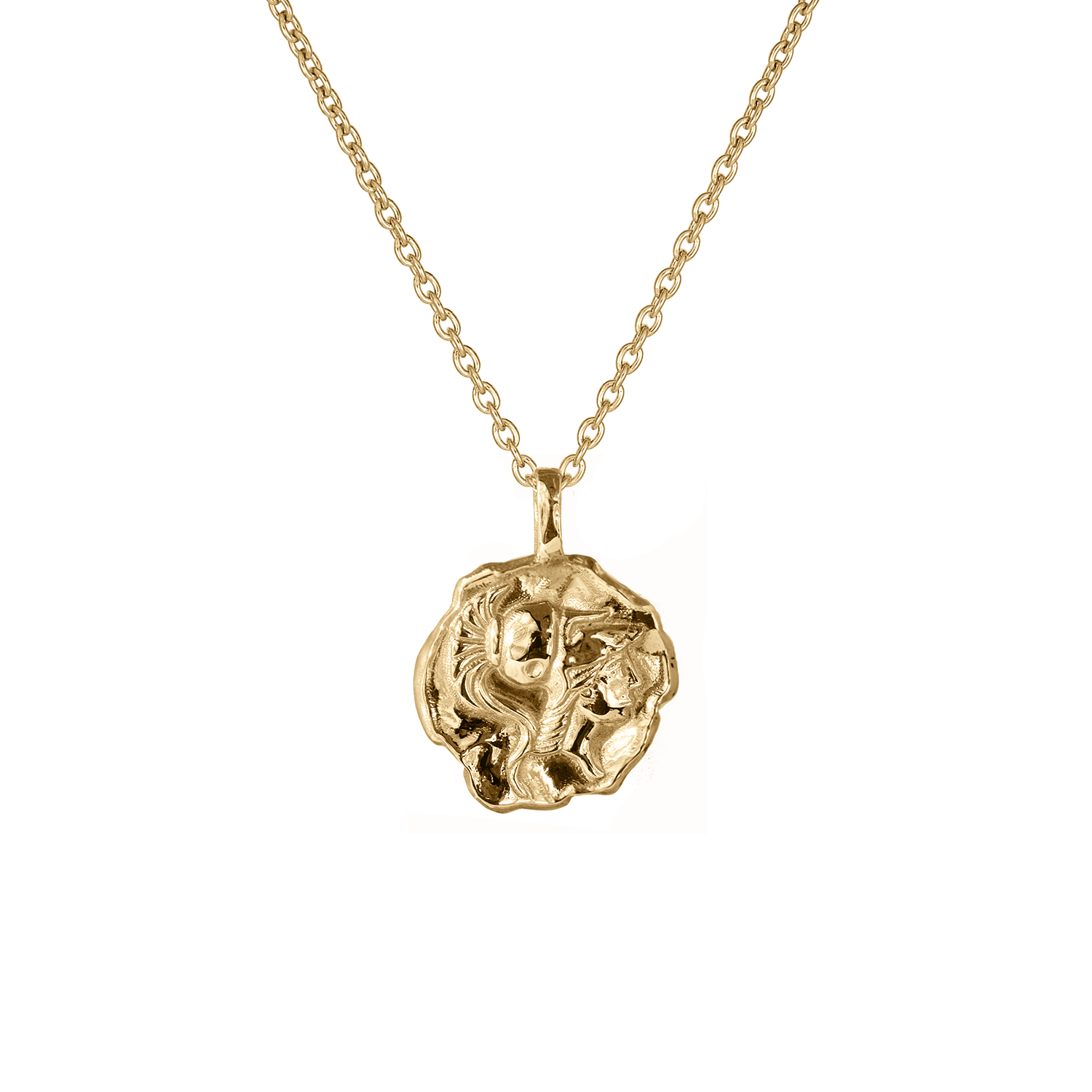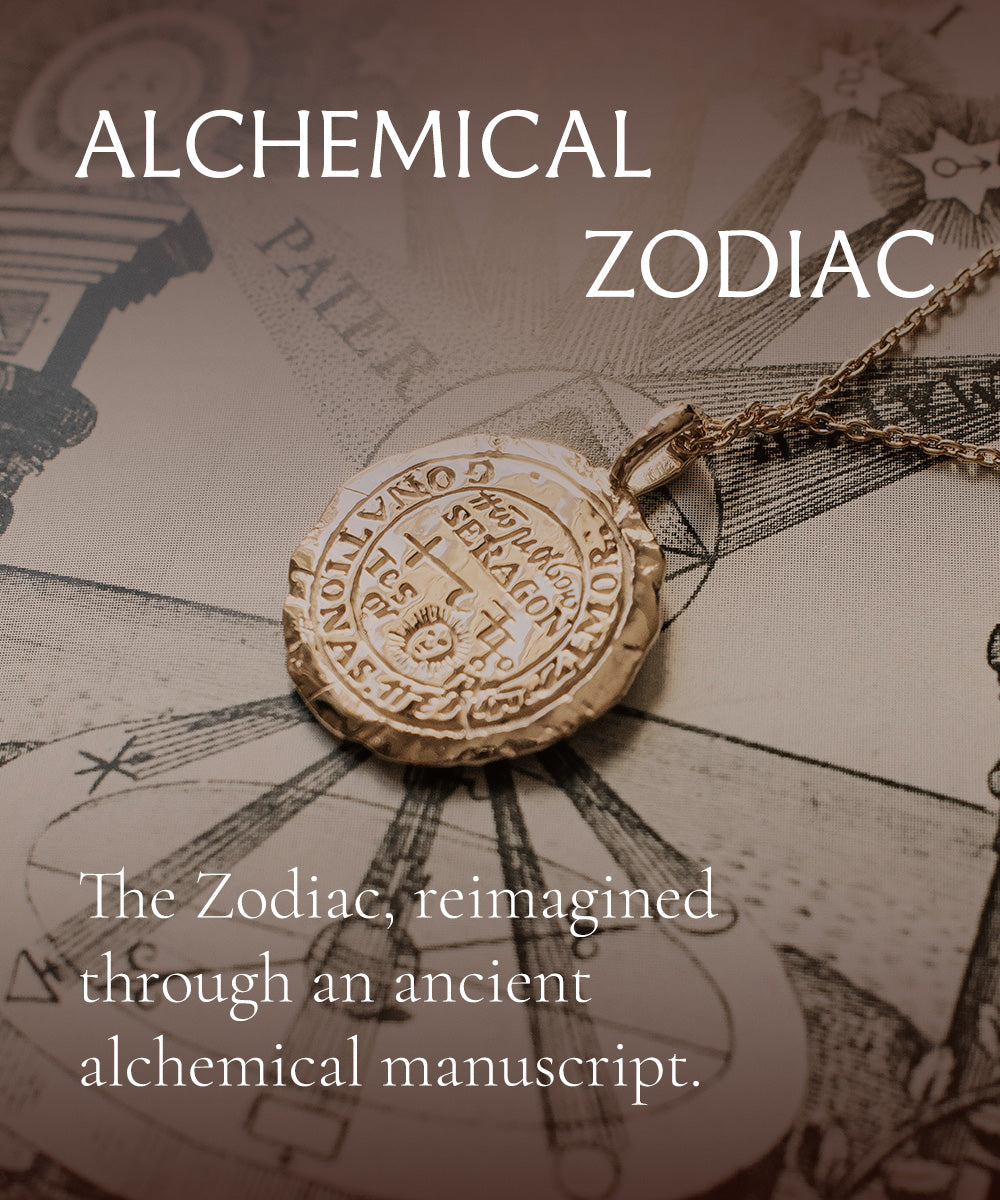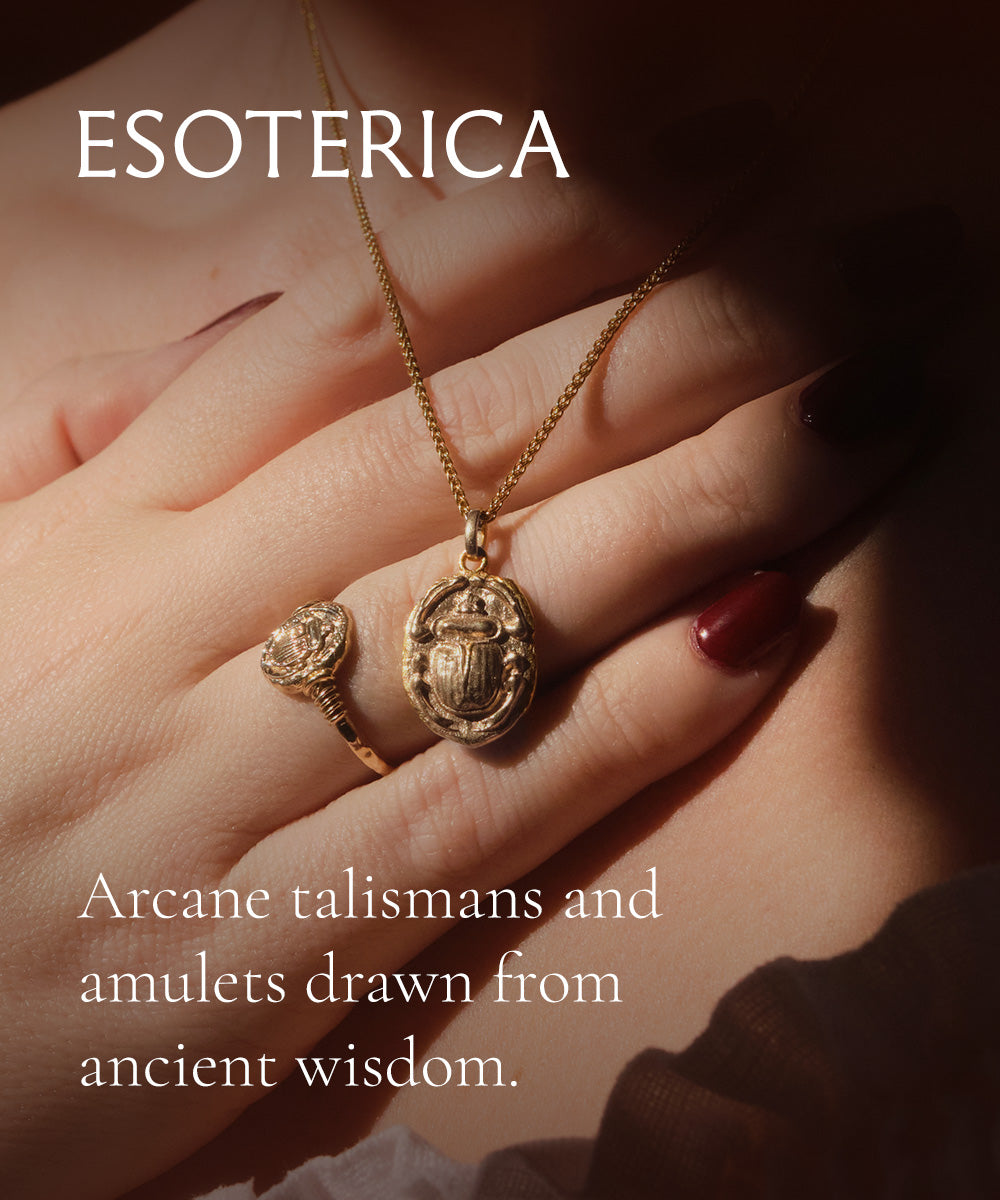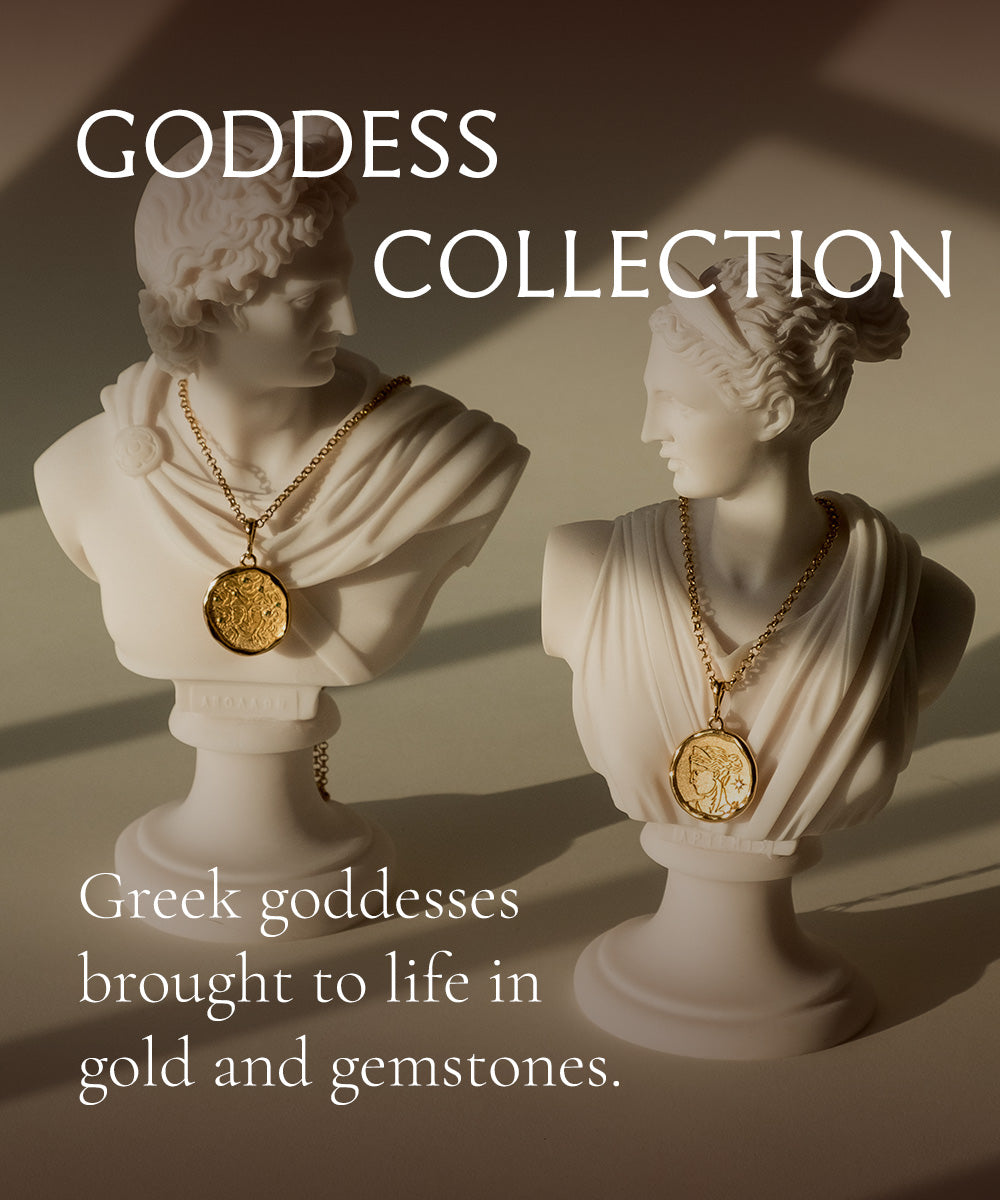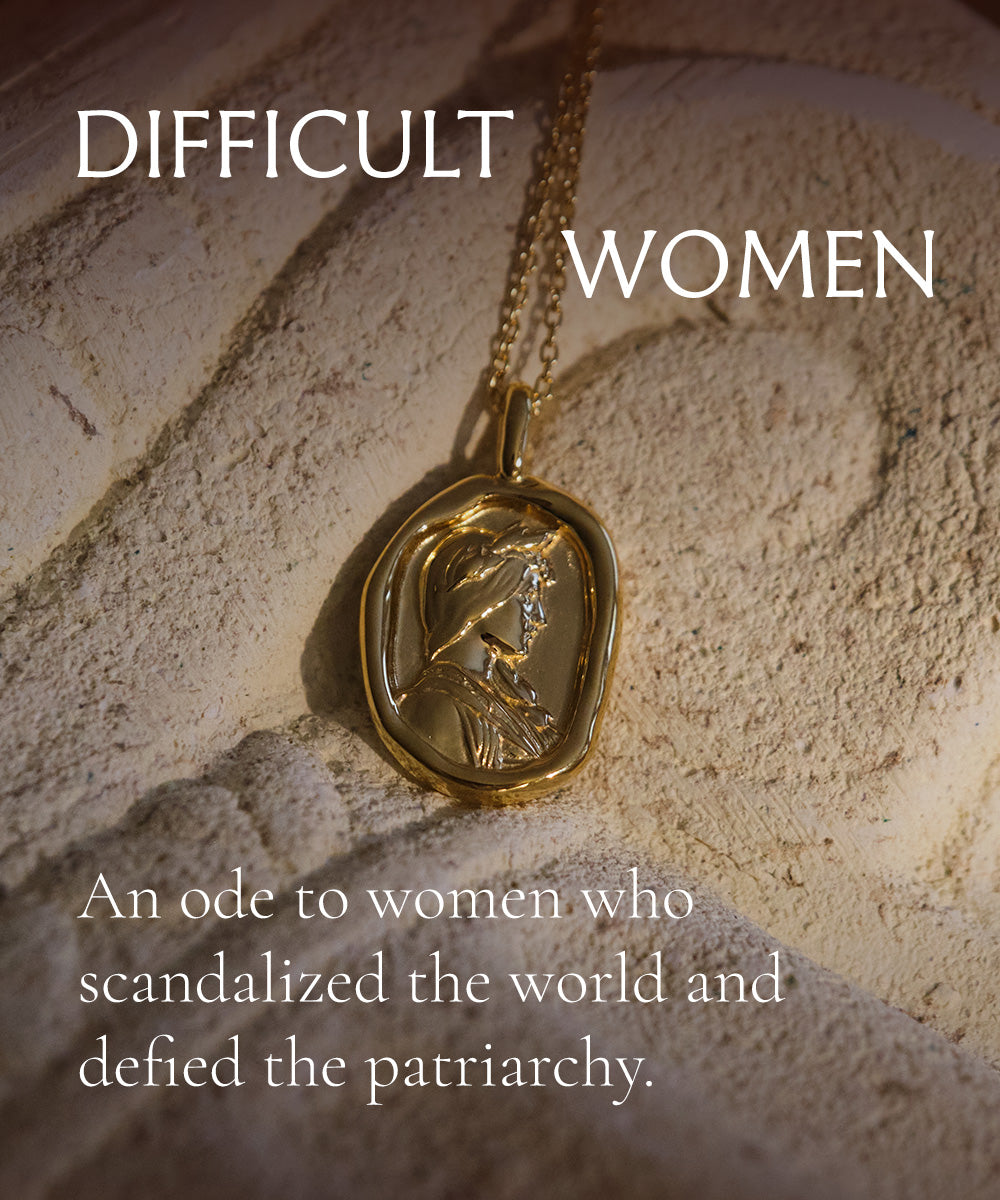Humans seek out patterns. As children, we learn how to speak, walk, and act by following the patterns we notice around us. We feel safe when we can recognize a sequence—by gathering information from the past, we feel as though we have found a slip in time that allows us to glimpse into the future.
Whether or not we can really predict the future, or hold any sway over it, may not be accurate or reliable. Truth and belief are two entirely different things. A charm may not ward off actual demons, but the feeling of security it provides may give you the confidence and inner strength to ward them off yourself.
There is something so profoundly satisfying about the SATOR square. It makes sense on almost every level. It’s a palindrome backwards, forwards, up and down; it’s made of words, which hold so much power; it is a perfect 5x5 square. It is flawless symmetry.
The mystery lies in the language. We have a rough translation: “the farmer Arepo holds and works the wheels/plow”. It’s a bit of a stretch, and it’s a pretty innocuous phrase. But that leads one to believe there is an older, hidden significance within the SATOR square, something that transcends language and logic, that appeals to an even deeper sense. And because we are blind to the original meaning, we must apply the knowledge we do have, and use our intuition and collective memory for the rest.
Before we go any further, I would be remiss if I did not make note of something important in regards to assigning meaning. Humans search for meaning, and if there isn’t any, we often take it upon ourselves to make it up. We do not like to accept that chaos simply is. For example, there are always conspiracy theories after a high-profile assassination, but there are no conspiracy theories about unsuccessful assassination attempts. When something unexpected happens, especially large, catastrophic events, we feel unsafe and insecure, so we attempt to find meaning where there is not.
But we also create meaning. We do not know who first made the SATOR square, or what they were thinking, or what kind of power they imbued in those letters. Here is what we do know: the SATOR square was found above doorways and on utensils, as if to ward off evil from the things humans used regularly. And we know that this was done in a time where science was not the basis of rational thought, when humans had no choice but to trust their intuition over all else.
While rational thought based on science is certainly the direction humanity must move forward into, in order to promote good health, equality, and a higher standard of living, there is undeniable influence in feeling. So, in order to understand the SATOR square, we must think like the people who made use of it: i.e., to trust in our intuition. This comes easily to some, and to others, it is a difficult practice. If you are like me, and you value thinking over feeling, I urge you to at least attempt to acknowledge your feelings, whether or not you choose to incorporate them in your decision making.
The significance of the SATOR square may not necessarily be in the language as much as in the perfection of symmetry. Or perhaps the original meaning simply does not matter, and what matters is the meaning you assign to it. Like great works of art, no interpretation is really incorrect to the beholder. The magic comes from what you make of it, ultimately, it comes from within.
